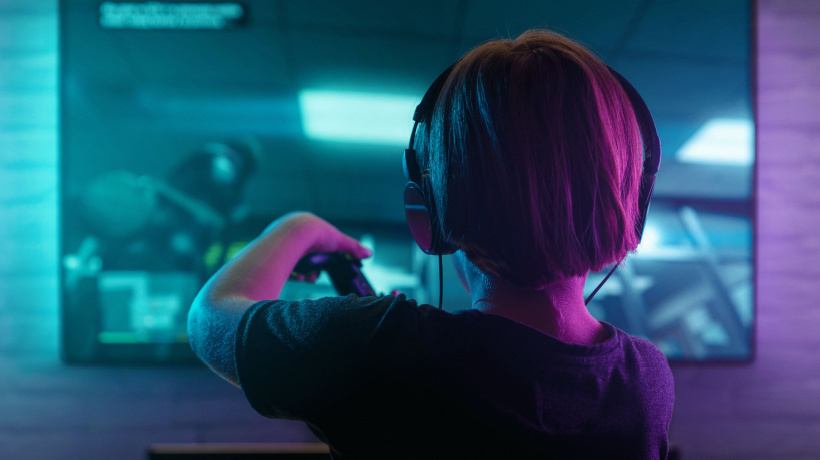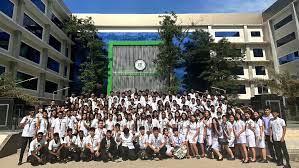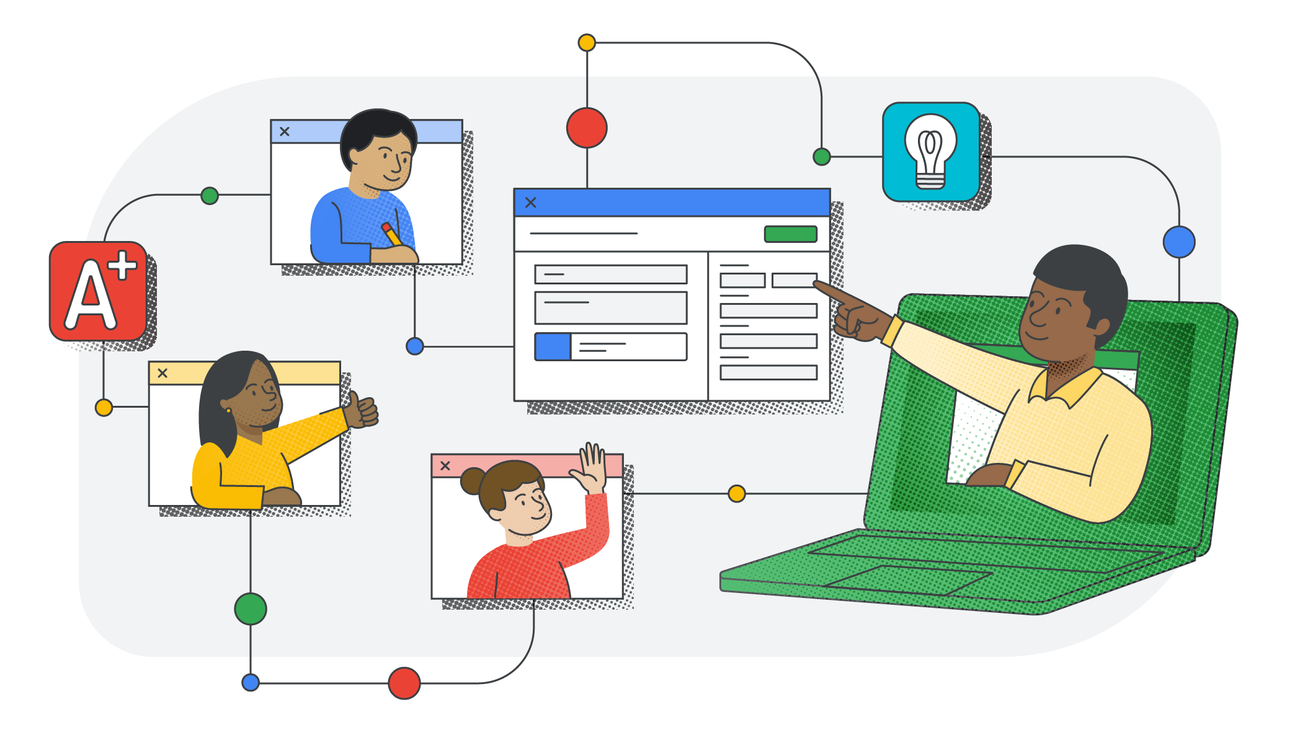Introduction
Virtual reality (VR) classrooms have emerged as revolutionary tools for transforming the traditional educational experience into immersive and interactive learning environments. By leveraging VR technology, educators can transport students to virtual worlds where they can explore, create, and interact with content in ways never before possible. In this comprehensive guide, we will delve into the benefits of virtual reality classrooms, explore examples of VR applications in education, and discuss best practices for implementing VR technology in teaching and learning.
Understanding Virtual Reality Classrooms
Definition
Virtual reality classrooms utilize VR technology to create simulated environments that replicate real-world settings, allowing students to engage in interactive learning experiences. These virtual environments can range from historical landmarks and scientific simulations to outer space and fantastical worlds, providing students with opportunities for exploration, experimentation, and discovery.
Key Features
- Immersive Learning Experiences: Virtual reality classrooms offer immersive learning experiences that engage multiple senses and stimulate curiosity and exploration. By immersing students in virtual environments, educators can enhance comprehension, retention, and engagement with content.
- Interactivity and Engagement: Virtual reality classrooms promote interactivity and engagement through hands-on activities, simulations, and interactive objects. Students can manipulate virtual objects, conduct experiments, and collaborate with peers, fostering active learning and critical thinking skills.
- Personalized Learning Paths: Virtual reality classrooms enable personalized learning paths tailored to individual student needs, interests, and learning styles. Educators can customize virtual experiences, provide adaptive feedback, and scaffold learning activities to support diverse learners and promote mastery.
Examples of Virtual Reality Applications in Education
Virtual Field Trips
Virtual reality enables students to embark on virtual field trips to explore distant locations, historical landmarks, and natural wonders without leaving the classroom. Through immersive experiences, students can visit ancient civilizations, dive into coral reefs, or journey through outer space, bringing learning to life in ways that traditional textbooks cannot.
Science Simulations
Virtual reality simulations provide students with opportunities to conduct experiments, observe natural phenomena, and explore scientific concepts in dynamic and interactive ways. From dissecting virtual frogs to exploring the human body at the molecular level, VR simulations enhance understanding and engagement in STEM subjects.
Language Learning
Virtual reality offers immersive language-learning experiences that enable students to practice speaking, listening, and interacting in foreign languages in realistic scenarios. Through virtual conversations, cultural simulations, and language immersion environments, students can develop language skills and cultural competence in authentic contexts.
Benefits of Virtual Reality Classrooms
Enhanced Engagement and Motivation
Virtual reality classrooms captivate students’ attention and motivation by providing immersive and interactive learning experiences. By transporting students to virtual environments, VR technology fosters curiosity, engagement, and intrinsic motivation, leading to deeper learning and retention of content.
Access to Diverse Learning Opportunities
Virtual reality classrooms provide access to diverse learning opportunities and experiences that may not be possible in the physical world. Through virtual field trips, simulations, and interactive lessons, students can explore inaccessible locations, witness historical events, and engage with complex concepts in ways that transcend traditional boundaries of time and space.
Inclusive and Empowering Learning Environments
Virtual reality classrooms promote inclusivity and empower students of all abilities to participate fully in learning activities. Through customizable settings, adaptive features, and assistive technologies, VR technology accommodates diverse learning needs and provides equitable access to educational opportunities for all students.
Best Practices for Implementing Virtual Reality in Education
- Provide Training and Support: Offer professional development opportunities and technical support for educators to build their confidence and proficiency in using virtual reality technology effectively in teaching and learning.
- Curate High-Quality Content: Curate and create high-quality virtual reality content that aligns with learning objectives, curriculum standards, and student interests to maximize engagement and relevance in virtual learning experiences.
- Foster Collaboration and Reflection: Encourage collaboration, communication, and reflection among students during virtual reality experiences to promote peer learning, critical thinking, and knowledge construction.
Conclusion
In conclusion, virtual reality classrooms hold immense potential for redefining education in the digital age by providing immersive, interactive, and transformative learning experiences. By leveraging VR technology, educators can engage students in virtual environments that stimulate curiosity, foster creativity, and enhance learning outcomes. As virtual reality continues to evolve and become more accessible, it promises to revolutionize education and inspire the next generation of learners to explore, innovate, and thrive in a dynamic and interconnected world.





